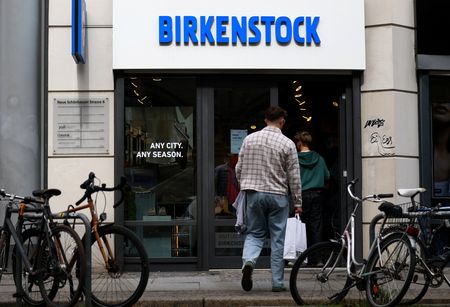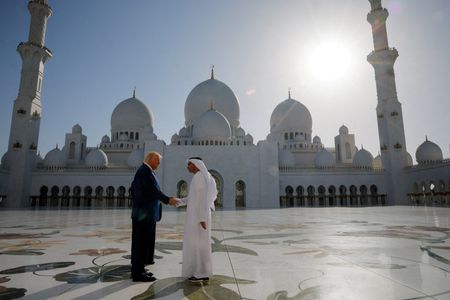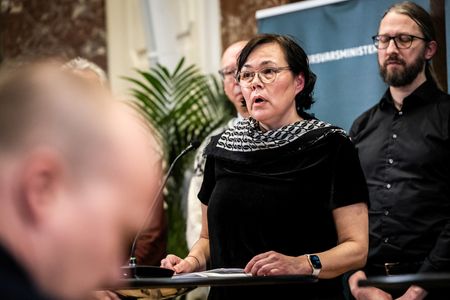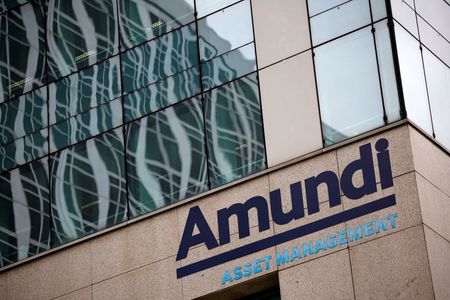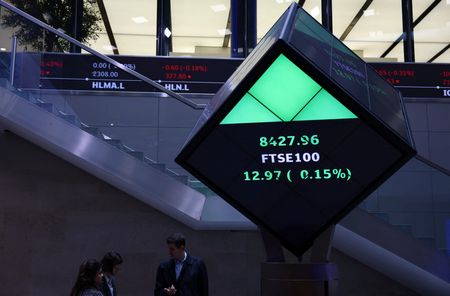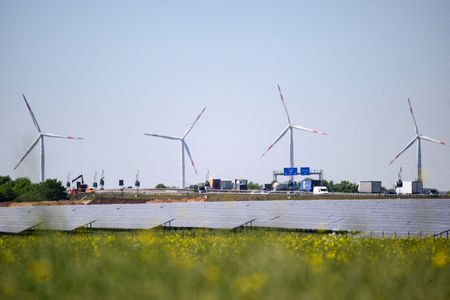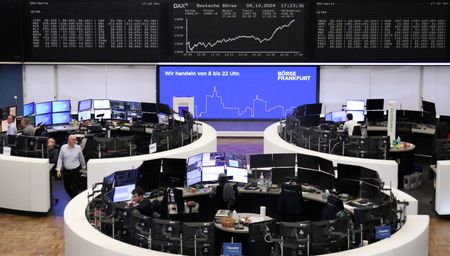By Helen Reid and Anuja Bharat Mistry
(Reuters) -Birkenstock, the German maker of sandals and clogs favoured by several Hollywood celebrities, plans to raise prices globally and look for production efficiencies to offset the impact of a 10% tariff that President Donald Trump has imposed on imports to the U.S.
Birkenstock sandals, worn by Margot Robbie in the Barbie movie and by supermodels like Kendall Jenner, are made in the company’s factories in Germany, which is subject to the United States’ universal 10% tariff on imports.
A higher 20% rate on the European Union still looms, despite a 90-day tariff reprieve granted by Trump last month.
“We will be fully offsetting the effects from current existing tariffs,” Chief Financial Officer Ivica Krolo told Reuters in an interview. “We’re not raising in one region only, we see it as a global exercise.”
Alongside price hikes, Birkenstock will look at making its factories and logistics more efficient and reduce costs in production, said Krolo, in the role since February 1.
The tariff rate after July 9, when the reprieve ends, is “extremely hard to predict”, he said, echoing comments from executives around the world trying to navigate the uncertainty.
The low-single-digit planned price hikes on Birkenstocks will start to be seen in its fourth quarter from July to September, as some products still need to be shipped to the U.S. from factories in Germany, while most shoes sold now were shipped in before tariffs.
After steep U.S. tariffs on China and Southeast Asia caused shipments of clothes, shoes, and homeware from the countries to be cancelled, creating a risk of empty shelves at U.S. stores, Krolo said the fact Birkenstock does not source from Asia was an advantage.
“We do see this as an opportunity to take additional shelf space and gain (market) share, and this is also the reason why we are continuing to invest,” he said.
Krolo called on the EU to agree a deal with the U.S., however, the sooner the better.
Birkenstock raised its annual forecasts after sales for its second quarter ended March 31 grew more than expected as more people bought its sandals and more expensive clogs.
The company’s shares were up about 6% by 1200 EST (1700 GMT).
Birkenstock said second-quarter capital expenditure of about 21 million euros ($23.5 million) aimed to expand production capacity to meet growing demand in regions such as the Americas.
STRONG US DEMAND
Revenue in the Americas, its biggest market, was up 23% in the quarter, and Krolo said demand from U.S. retailers and consumers for Birkenstocks remained strong.
“In a world where most brands are hoping to be able to raise prices to offset any tariff pressure, Birkenstock has a proven track record of already having permission to do so,” said Simeon Siegel, analyst at BMO Capital Markets, referring to consumers’ willingness to pay more if needed.
Birkenstock’s Arizona sandal in suede leather starts at $135 now on the U.S. website, up from $130 a year ago.
Birkenstock now expects 2025 revenue growth to hit the high end of its forecast range of 15% to 17%, and an annual earnings before interest, taxes, depreciation and amortization (EBITDA) margin between 31.3% and 31.8%, up from 30.8%-31.3%.
Second-quarter revenue of 574.3 million euros, up 19% from a year ago, was stronger than analysts’ consensus estimate of 567.7 million according to LSEG. Revenue was helped by double-digit growth in units sold and a mid-single-digit increase in average selling price as Birkenstock sold more clogs.
Birkenstock is not considering manufacturing in the U.S., Krolo said, despite the tariff on imports which Washington has said would help bring manufacturing back to the country.
($1=0.8926 euros)
(Reporting by Helen Reid in London and Anuja Bharat Mistry in Bengaluru. Editing by Krishna Chandra Eluri, Clarence Fernandez and Mark Potter)

